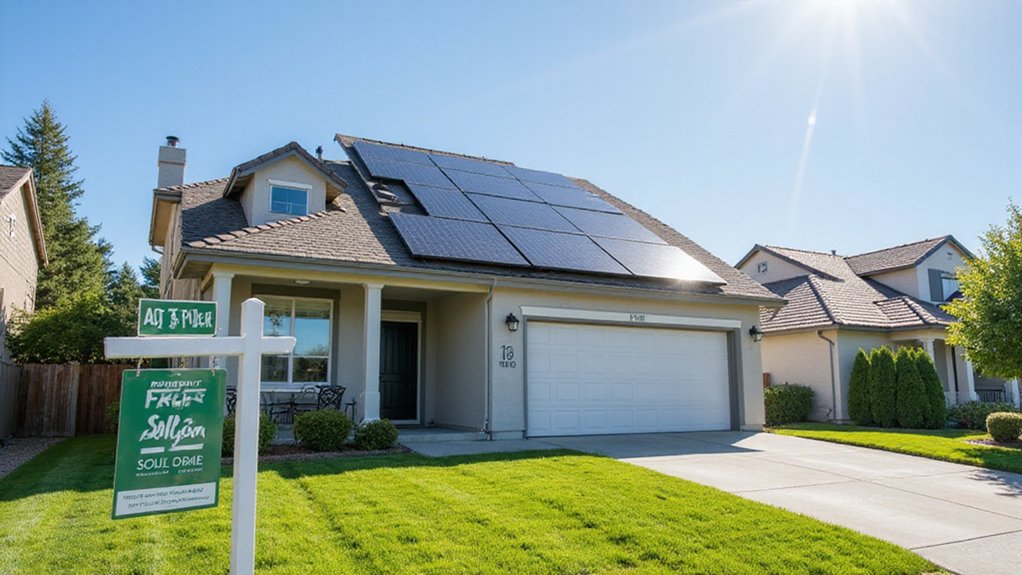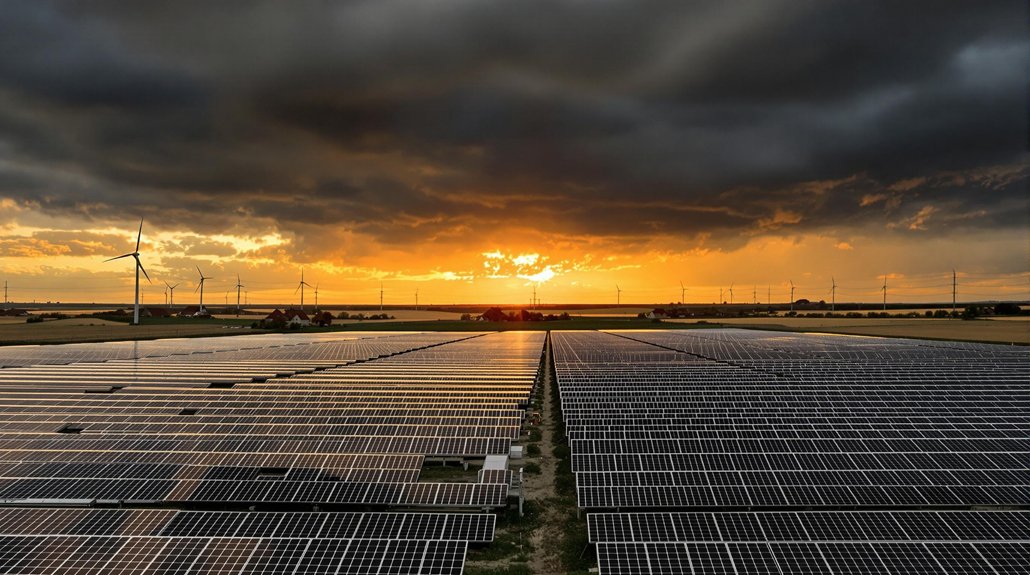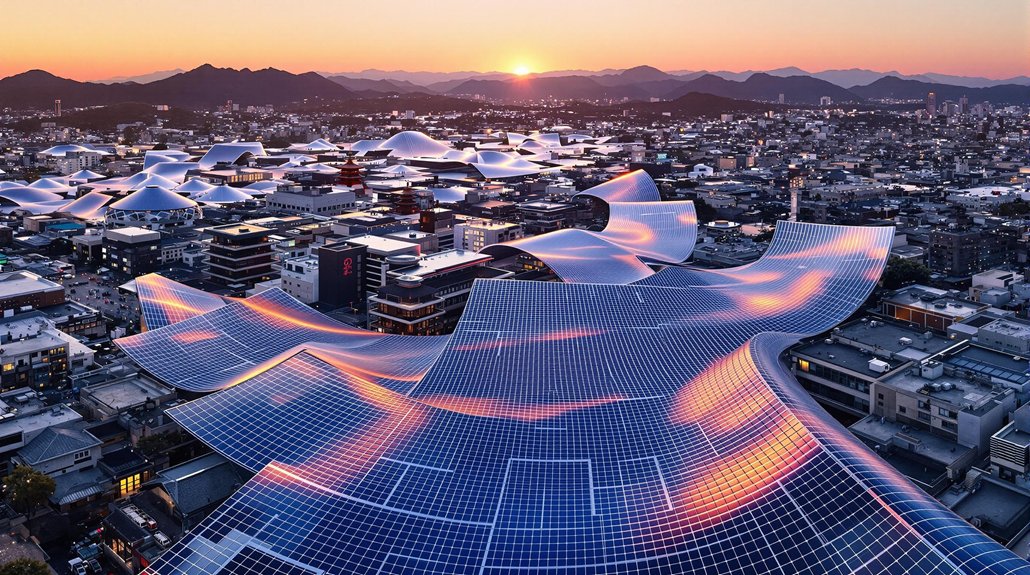Most homeowners want to increase their property’s value, and solar panels are proving to be a smart investment. Recent studies confirm that homes with solar panels sell for considerably more than comparable properties without them. According to SolarReviews, homes with solar installations command an average premium of 6.8%, with newer systems increasing values by 7-9%.
This trend has evolved dramatically over recent years. In 2019, solar homes sold for about 4.1% more than non-solar properties, but that premium has jumped to 6.8% in the most recent data. For a median-priced U.S. home valued at $357,469, solar panels add approximately $24,308 in value.
The ownership structure of solar panels matters greatly. Homes with owned solar systems see substantial value increases, while leased systems typically don’t boost sale prices. A comprehensive study of 5,000 California homes sold between 2020-2023 confirmed this ownership advantage. Buyers generally prefer purchasing properties with owned solar panels rather than taking over lease agreements from previous owners.
Own your solar system for maximum home value—leased panels won’t boost your selling price.
System age and technology also influence the premium amount. Solar panels less than five years old add 7-9% to home values, while older systems (over five years) still contribute a respectable 5-6% increase. A $750,000 California home could sell for $37,500 to $75,000 more with solar panels installed.
The value boost isn’t uniform across all regions. Areas with higher electricity costs tend to see greater premiums for solar-equipped homes. However, even in less sunny regions, solar adds value regardless of climate. Local housing market conditions and state incentives also affect the exact premium percentage. The federal investment tax credit currently offers a 30% credit on installation costs with no cap, making solar more accessible to homeowners.
Buyer perception plays a key role in the increased valuations. Energy savings potential is the primary driver, but sustainability benefits attract eco-conscious buyers. Modern solar designs enhance aesthetic appeal, and lower utility bills create a competitive advantage in tight housing markets. This trend aligns with broader industry projections that solar PV will account for half of the increase in global electricity demand through 2027.
The average solar system installation costs approximately $20,552 after federal incentives in 2025, making it a worthwhile investment for homeowners considering both monthly utility savings and increased resale value.
References
- https://www.solarinsure.com/solar-panels-home-values-a-research-analysis
- https://www.energysage.com/local-data/solar-panel-cost/
- https://www.ecowatch.com/solar/solar-panels-increase-home-value
- https://8msolar.com/the-impact-of-solar-on-home-resale-value/
- https://www.integratesun.com/post/do-solar-panels-increase-your-home-s-value-in-2025








